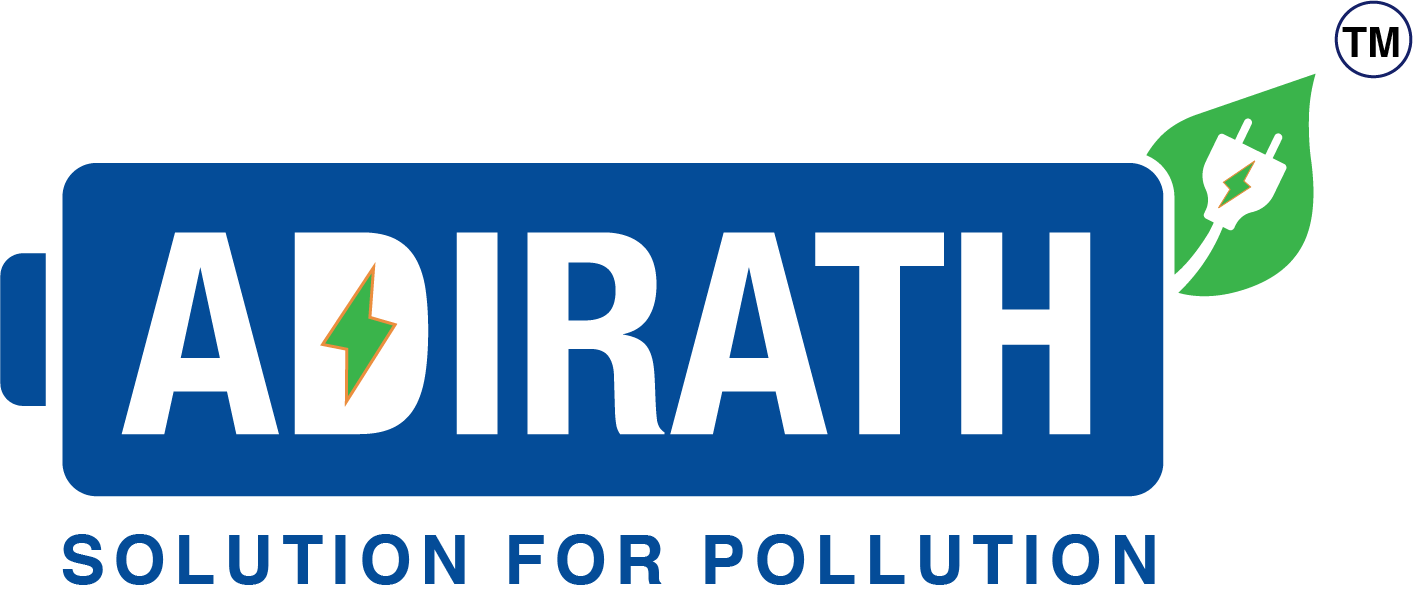The recent global transition to renewable energy sources and a reduction in reliance on fossil fuels has resulted in a surge in electrification and energy storage all over the world. The need for batteries will be driven to unprecedented heights by the e-mobility industry alone. Lithium-ion battery solutions will most certainly dominate shortly, thanks to the EV sector.
While lithium-ion batteries have cemented their place in the electric vehicle market, the race to produce solid-state batteries or silicon anodes with better energy density is heating up. Consumers must be willing to embrace electric vehicles as mainstream since batteries are pricey and must last a long time and charge rapidly.
With the rise of e-mobility, including electric cars and energy storage systems, it’s critical to build more affordable and long-lasting batteries. The following is the EV manufacturing process:
The first stage in battery manufacturing is the fabrication of positive and negative electrodes. The major processes involved are mixing, coating, calendering, slitting, electrode making (including die cutting and tab welding). The equipment used in this stage is a mixer, coating machine, roller press, slitting machine, electrode making machine.
Mixing — Electrode slurry preparation process
The raw active ingredients are mixed with a solvent, binder, and additives to make an electrode slurry. The initial phase in the electrode production process is slurry mixing, which is carried out separately for cathode and anode materials. The main quantifiable properties of this procedure (viscosity, density, solid content) will have a direct impact on the battery’s quality and electrode uniformity. The formulation of raw components, mixing processes, and mixing duration are all significant elements in the mixing process.
Coating — Coat and dry the electrode slurry on the current collector foil
The process of uniformly applying the electrode slurry to the aluminum (cathode) and copper (anode) metal foils, as well as the subsequent drying process, is referred to as coating (equipment: coater). The coating method utilized in large-scale production, such as CATL’s process, is a tensioned web over slot dies with a backing roll. The slurry is disseminated onto the moving metal foil in the slot die coater through a slot gap.
Calendering — Rolling press the coated electrodes
Calendering (equipment: roller press calender) compresses and compacts the coated electrode onto the current collector metal foils to increase the battery’s energy density, offer uniform thickness, and enhance dust and humidity management. The coated electrode sheet is compressed to an equal thickness and density by the roller machine.
Slitting and electrode making — Cut the electrode to the required size and prepare the tab
The coated electrode is longitudinally sliced into tiny slices of the necessary width by slitting (equipment: slitting machine). Any burring or buckling done at this point may raise the chances of internal shorts, which can be dangerous. Electrode width, electrode edge flatness, and the existence and characteristics of burrs are the essential process parameters to measure after slitting. Relevant safety techniques as applied to separators were the subject of one of our previous publications on separators.

